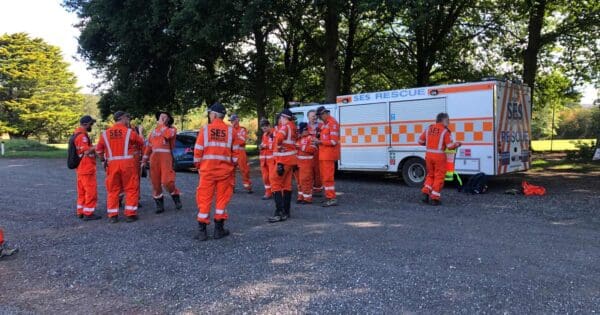Types of Beacons
Are you prepared if your become lost or injured and your life is in danger when hiking in the Australian bush? What is the Difference Between an EPIRB, ELT and PLB?
EPIRB – Emergency Position-Indicating Radio Beacons
EPIRBs are used in ships and boats and are designed to float upright using the water plane as a reflector to more efficiently get the signal to the satellite. For this reason they have ballast built in and need to be a certain minimum size to ensure they float correctly and their size and weight make them impractical for use by bushwalkers.
EPIRBs are commonly confused with PLBs. Whilst they are both distress beacons they are intended for different purposes and EPIRBs are not suitable for bushwalking. AMSA has discussed with BWRS its wish for the correct terminology to be used for beacons, so please try to refer to the units suitable for bushwalking as “PLB”.
ELT – Emergency Locator Transmitters
ELTs are designed for aviation and are larger, generally fixed units in aircraft that are automatically activated when an aircraft crashes. Again they are not suitable for bushwalkers as they are too large and heavy.
PLB – Personal Locator Beacon
PLBs for bushwalking use are called Personal Locator Beacons or PLB. These are small, lightweight units suitable for bushwalking use.
All 406MHz beacons should be registered. Registration is free and can be done here.
Be aware that some overseas beacons are not compatible with the Australian system. The safest way to avoid this problem is to purchase your PLB from a reputable Australian retailer, but if you wish to purchase internationally you must ensure the unit you are purchasing is compatible with the Australian system. Further information on this issue can be found here.
Accidental activation
If your beacon is accidentally activated, switch it off immediately and contact the Australian Maritime Safety Authority (AMSA) on 1800 641 792. There is no penalty for accidental activation.
Using Australian PLBs overseas
Beacons are detected world-wide by the global satellite system, Cospas-Sarsat, and are detected from anywhere on the Earth’s surface if they are deployed correctly.
Please note that it is illegal in some countries to carry or activate a Personal Locator Beacon (PLB) on land. Refer to the Cospas-Sarsat website for the appropriate SPOC (search and rescue or SAR point of contact) for the country you are travelling to and contact them to confirm you are legally allowed to use your beacon. You may also refer to the National Regulations for the Use of PLBs.
Search and rescue response in each country will vary due to different levels of SAR resources and capability. Check locally about the sort of SAR response you can expect. The response will also depend on the weather conditions at the time e.g. day, night, visibility (low cloud, fog, snow), high winds etc.
The rescue coordination centre of the country where the beacon is detected will coordinate the search and rescue response, not Australia. AMSA’s Response Centre will only provide the registration details, if known, and any other information it gathers from emergency contacts. AMSA will request information on the progress of the search and rescue.
Contact your chosen airline for guidance on carrying distress beacons as every airline and airport have differing requirements.
Using international PLBs in Australia
Internationally purchased beacons can be activated in Australia and Australia will coordinate the search and rescue response. However, your beacon needs to be coded and registered to your country of residence.
PLBs are a valuable safety tool for hikers in Australia. If you are planning a hike, be sure to carry a PLB and register it with AMSA. By following the tips above, you can increase your chances of being rescued if you ever need to use your PLB.
For more information, visit the AMSA website. For tips on keeping your beacon in perfect working order, click here.





